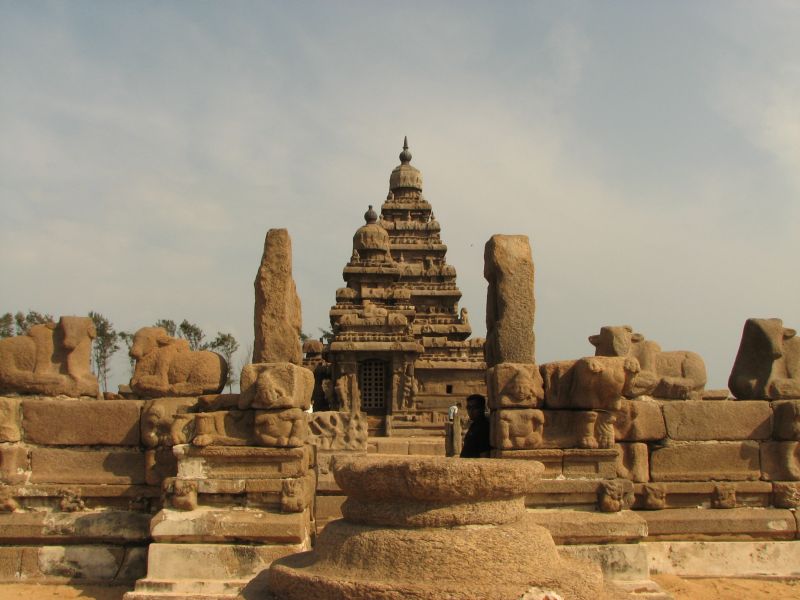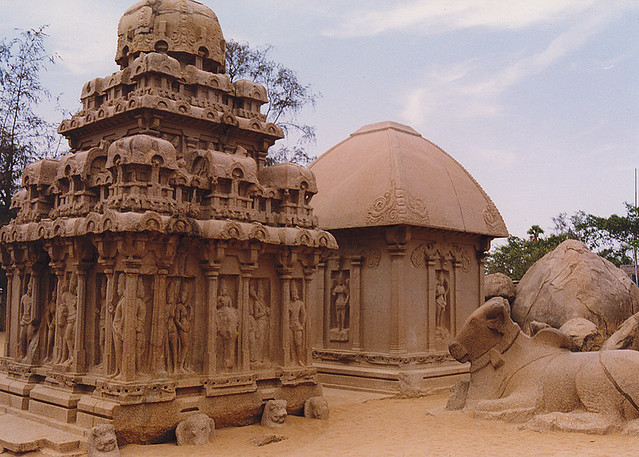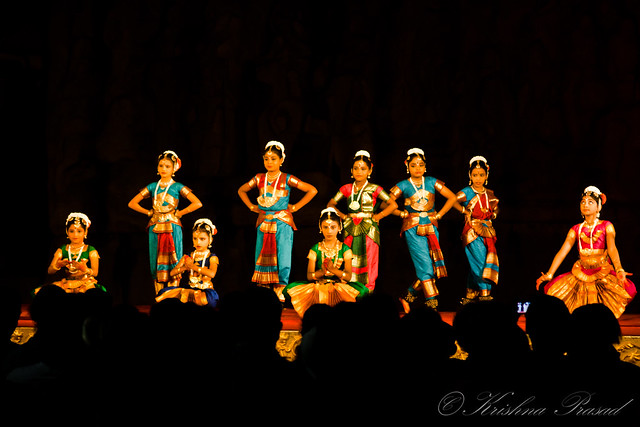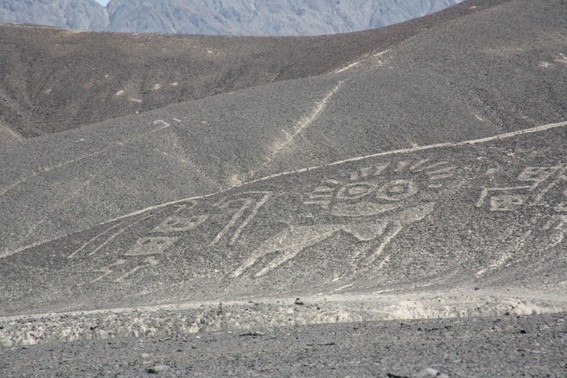
Mahabalipuram is a classic tourist destination of incredible India where tourists come from far and wide. Its rich cultural heritage and breathtaking natural beauty make it a must-see destination of Tamil Nadu. Once you travel to Mahabalipuram, you will remember the travel experience for the rest of your life. Mahabalipuram tour is a famous tour of incredible India tourism.
The beauty of Mahabalipuram's architectural marvels earned it the title of UNESCO World Heritage Site. Once the capital of the Pallava kings of Kanchipuram, this town is now a famous tourist attraction where people come to see the heritage left behind by the erstwhile rulers. The aesthetic appeal of the architectural monuments of this wonderful town draws many a tourist here. Some of the famous attractions of Mahabalipuram are:
The Shore Temple
It is the most mesmerizing attraction of this town which is steeped in rich beauty and history. Ideally nestled on the shore of Bay of Bengal amidst peaceful and beautiful environment, the temple dates back to the 8th century. It is a five-storied temple dedicated to Lord Shiva and Vishnu. The temple reflects the perfect example of Dravidian style of architecture. The exquisite carvings and sculptures of the temple deserve mention. Over the centuries some of the portions of the temple got ruined. But still the temple retains its old world charm. It looks all the more picturesque in evening when golden sun rays fall on it. The charm of this temple increases manifold with the annual celebration of the Mahabalipuram Dance Festival with the temple as its backdrop.
Arjuna Penance
Named after the hero of the great Hindu epic Mahabharata, Arjuna Penance is a beautiful open air bas-relief. Built in the 7th century, it is an architectural marvel boasting of breathtaking carvings. Located on a rock, this structure offers a three-dimensional effect.
Pancha Rathas or Five Chariots
These are the arresting cave temples named after the five Pandavas, the mythological figures from the great Hindu epic Mahabharata. It is a World Heritage Site which was built in the 7th century. The carvings of these structures are truly mind-blowing.
Mahabalipuram Dance Festival
This dance festival offers a great opportunity to see the traditional dances of South India. Coinciding with the festival of Pongal(the harvest festival of Tamil Nadu), this festival is marked by dance performances by artists from all over India. It is celebrated annually in the month of January/February.



The Shore Temple





Arjuna Penance



Pancha Rathas or Five Chariots


Mahabalipuram Dance Festival





















































